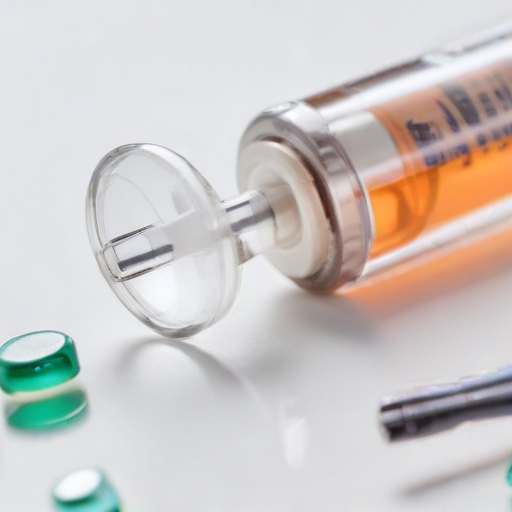A recent study published in the Annals of Internal Medicine highlights a significant shift in the prescription landscape for GLP-1 medications. The data reveals that an increasing number of individuals without diabetes are being prescribed these drugs, while new prescriptions for diabetic patients are declining. This trend raises concerns about potential shortages of these vital treatments.
GLP-1 medications, which simulate a hormone responsible for blood sugar regulation and appetite reduction, were initially authorized for treating type 2 diabetes. However, the approval of Wegovy for weight loss in 2021 by the Food and Drug Administration has broadened their appeal beyond diabetic patients.
Research conducted by Cedars-Sinai Medical Center and other institutions analyzed medical records from 45 million Americans who had at least one doctor visit from 2011 to 2023. Findings show a decrease in the proportion of new GLP-1 users with type 2 diabetes from nearly 90% to over 70% between 2019 and 2023. Simultaneously, the share of new users without diabetes increased from 10% to 25%. According to Yee Hui Yeo, co-first author of the study, this indicates a growing recognition among healthcare providers of the benefits these drugs offer in managing obesity, marking a significant public health shift. Nonetheless, concerns about ensuring diabetic patients can access these treatments remain prevalent.
The study utilized data from TriNetX, although it may not be fully representative of the national trend. In recent years, the appetite-suppressing effects of GLP-1 drugs have led to soaring demand, with users experiencing weight loss of up to 26%. The booming sales of these medications have elevated both Eli Lilly and Novo Nordisk to some of the most valuable pharmaceutical companies globally. However, the increased demand has also resulted in prescription fulfillment challenges for some patients, prompting significant investment from both companies to boost production.
Market analysts at Morgan Stanley predict that the global market for GLP-1 medications could reach $105 billion by 2030, with an expected adoption rate of around 31.5 million people in the U.S., translating to approximately 9% of the population by 2035.
This evolving situation emphasizes the importance of balancing treatment availability for both diabetic and non-diabetic patients and presents a growing opportunity for more holistic approaches to obesity management in healthcare.
In summary, the study reflects an important trend towards recognizing obesity management as a critical component of public health. With ongoing investments from pharmaceutical companies, there is hope that solutions will be found to meet the rising demand for GLP-1 drugs while ensuring access for those who need them the most.
